Doing an ant PostDoc: Gabriela Camacho
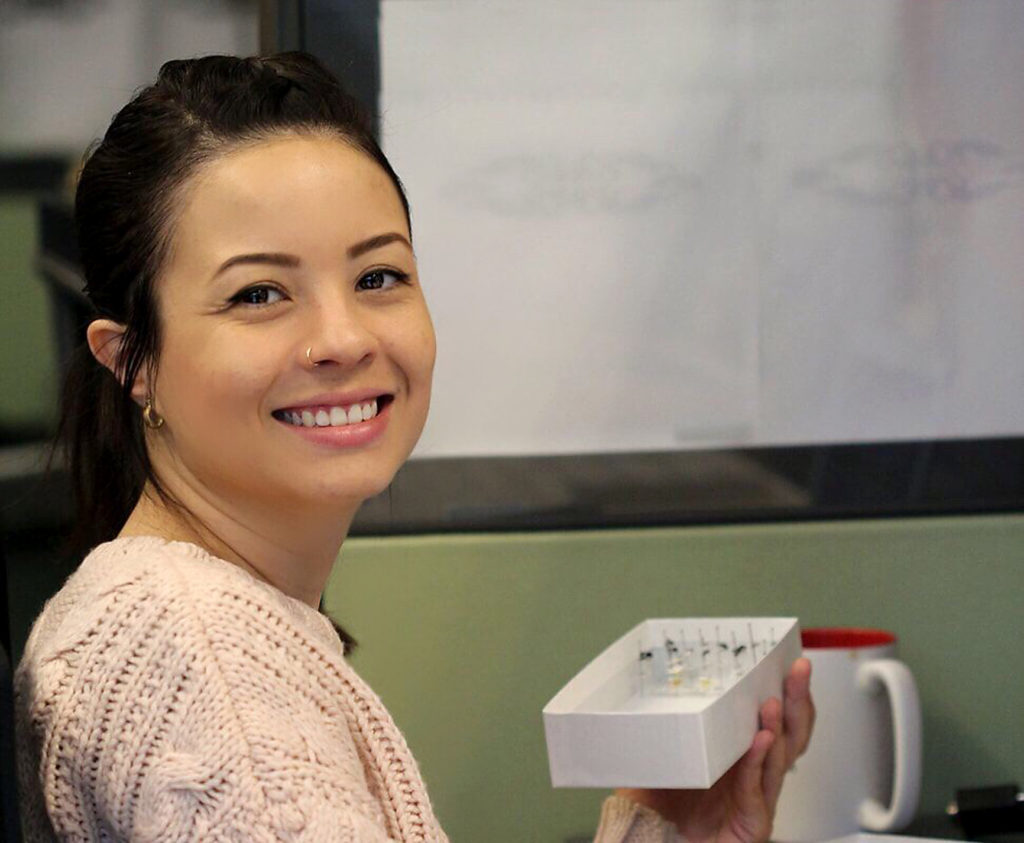
Gabriela Camacho is an ant systematist working as a post-doctoral researcher at North Carolina State University in collaboration with the California Academy of Sciences. Originally, she is from Brazil, where she received her
An Interview compiled by Alice Laciny, Stephanie Wendt, and Patrick Krapf
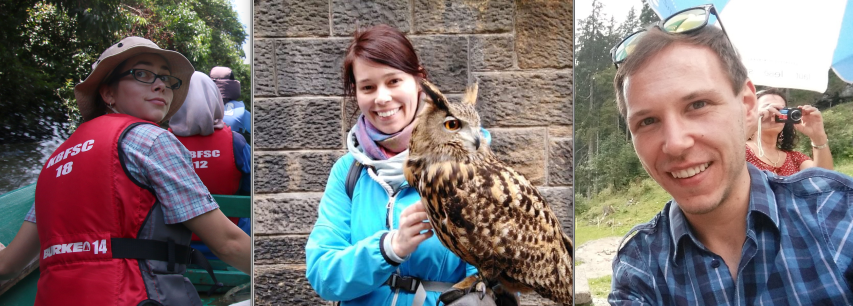
MNB: Hi and thank you for giving an interview. We start with something easy. Could you tell us the topic of your PostDoc project?
GC: I’m currently working on this very exciting project with Bonnie Blaimer and Brian Fisher at the California Academy of Sciences. We’re looking at the ant diversity in Madagascar to understand their evolution and community structure. It’s a very interesting and challenging project, because we get to use data from collections and combine that with phylogenomic data for all Malagasy ants. We investigate the patterns of phylogenetic diversity and phylogenetic endemism for ants on a spatial scale. We also try to correlate it with data about the different habitat types found in that region, with the species’ nesting and foraging habits, and other variables that could play a role in the ant community structure.
MNB: Oh wow. And in which year of your PostDoc studies are you now?
GC: I’m currently in my second year, which is a good time because a lot of the data has already been generated which allows me to focus on our questions and results.
MNB: True. And why do you work with ants?
GC: I wish I had a cooler answer, but the truth is that I got interested in science before getting interested in ants. As an undergraduate student, I sorted and identified ants at Dr. Heraldo Vasconcelos’ community ecology lab. But once I started looking at their morphology, habits, and biology, I was completely fascinated. So much that I decided to focus on them rather than on ecology, on making myself useful by learning how to identify them, and eventually I started looking for opportunities to work on ant taxonomy and systematics. Now, I can’t imagine why someone would not spend their days looking at ants!
MNB: So true. And how do you feel about fieldwork?
GC: I love fieldwork, it’s the part of the work where we get to truly see the organisms we’re studying in their own environment, to make new findings, and to think of new questions. And even though it can be very challenging sometimes, it’s always a lot of fun. I think some of my best memories in my career are from field trips!

MNB: I can so relate to that. And what do you think about identifying ants using a key?
GC: It’s my favorite thing, to be honest. Not only with a key, but the discovery process: going through the different characteristics of the ant, trying to determine whether it’s a known species, something new, and what’s the name for that species; that is very satisfying thing to me.
MNB: And how do you feel about working in the wet lab?
GC: I’m not as enthusiastic about working in the wet lab, but it’s always nice to be hands-on with my research and generate the data I’m working on. I like being involved in all of the steps of my research and understand the methods I’m using. Being in the wet lab is a big part of how to accomplish that.
MNB: That is true. And in your projects so far, have you been involved in any of the -omics approaches. What was your experience?
GC: I’ve been working with phylogenomics since my
MNB: Yes, new possibilities arise with these new techniques. And regarding your statistics knowledge. Did you acquire it in university courses, from your supervisor, or on your own?
GC: I think it’s a combination of all of the above. In university courses, I got the foundation to understand the theory of the analysis, but from my different supervisors, other graduate students, and post-docs in the lab is where I learned to actually apply those analyses and the step-by-step methods. But you always have to figure out some things on your own and learn how to troubleshoot, which is a great skill to have while dealing with analyses and bioinformatics.
MNB: And personally, w
GC: I think it depends a lot on how both people work, but I usually meet with my supervisor once a week and I think this is very productive, because it’s a way to keep progress measurable and to make sure the work is always moving forward accordingly to everyone’s expectations.
MNB: And do you like discussing ideas or problems also with fellow PostDoc students?
GC: Definitely! I think science is also made in those moments where you are just talking about ideas with colleagues and then you have an insight, or get to pick someone’s brain to get a new perspective on a problem. But also, it’s very comforting to have support from others that are in the same stage as you and dealing with the same challenges.
MNB: So true. And in an average week, how many papers do you manage to read?
GC: I don’t know if an average would be a good measure, because when I’m writing a discussion for a paper or doing analysis, I’ll end up reading a lot, and while I’m working in the wet lab, I’ll read way less. But I always try to leave some time at the end of the day to read and keep up-to-date with the literature.
MNB: In an ideal world, is the working group you belong to small or large?
GC: I like the size of our group for this project a lot (there are four of us in the project), because it’s large enough to benefit from the different perspectives and ideas, while everyone can be heard and play an active role. I do miss having more people around in the lab, so I’m very excited about welcoming the two new grad students who will be joining the Blaimer Lab in fall.
MNB: Oh cool. And ideally, is your uni close to your fieldwork site or in an urban area?
GC: Ideally, working close to the fieldwork site would be incredible, and I was very lucky to have that when I was working in Brazil. We were able to collect some awesome ants right behind our building at UFPR, and my
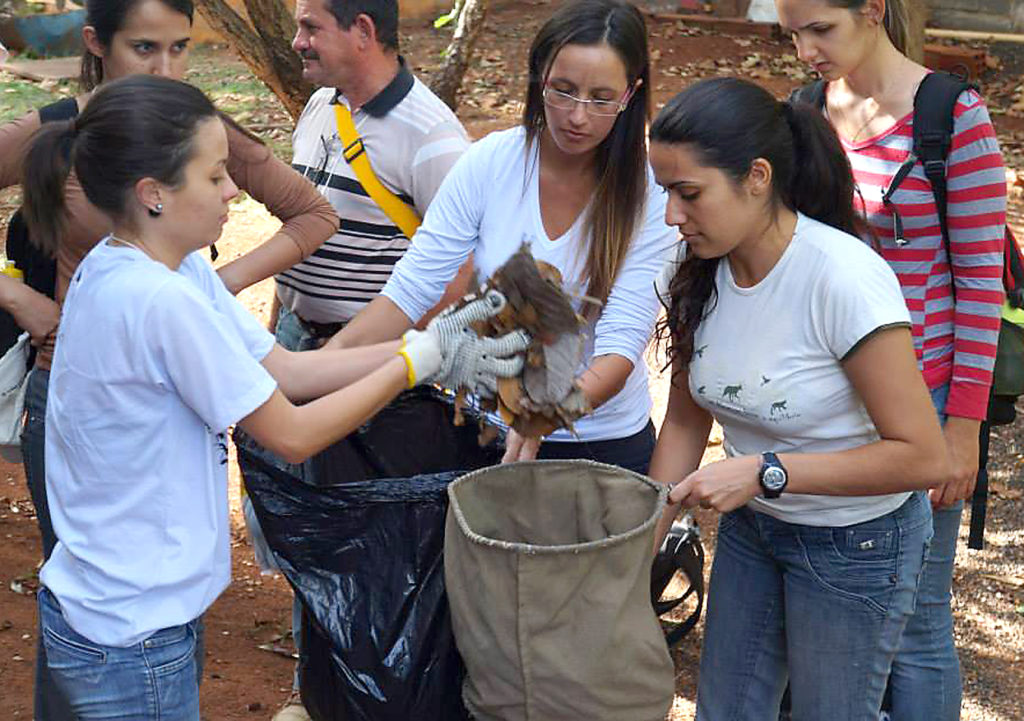
MNB: True. And have you profited more from attending conferences with narrower or with
GC: I always got the most from smaller conferences, because it’s easier to approach other researchers and even easier to spot them around the venue. The International Ant Meeting, which takes place in Brazil every two years, is my favorite, because I get to see what’s being done in the myrmecological world, and it was where I started all of my collaborations. Lately, I’ve been going to broader scope conferences and it’s amazing how much you can get from them and from talking with people outside your field. That definitely helps you to branch out.
MNB: And during a conference, what is most relevant to
GC: I would say meeting other scientists, no matter if they are students or not. The talks are always interesting, but exchanging ideas and points of view is when I feel I’m getting the most out of a conference.
MNB: Did you ever participate in a science slam and if so, would you do it again?
GC: I never did, even though they sound like a lot of fun!
MNB: And if you would get 100,000 Dollars to spend for your research project, what would you do with it?
GC: I think I would invest in funding a grad student. I think that there’s no better way to spend money than in training new scientists and investing in new minds, to make sure that the next generation of scientists continues doing high-quality research on ants.
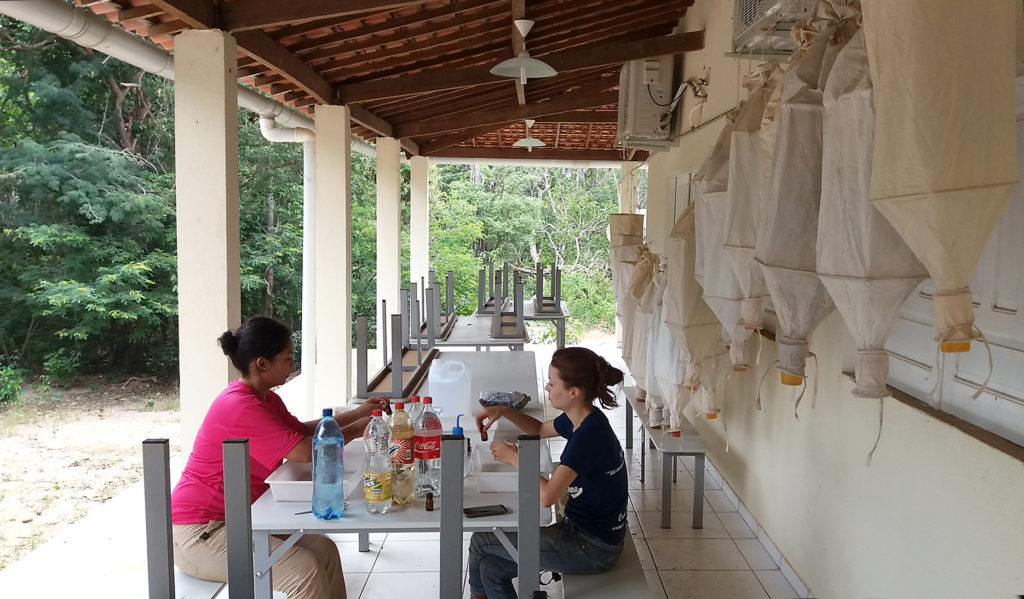
MNB: Such a great idea! And what helps you best in your spare time to relax from work?
GC: Listening to music! I listen to music all the time when I’m not working, and it’s the best way to keep my mind off work. Reading non-science book does the same, and I do it frequently, but that’s not so easy to do on the move!
MNB: And how do you celebrate successes like getting a paper accepted, a proposal granted, or the like?
GC: With my friends and family. There’s nothing better than sharing those moments with people I love.
MNB: And what do you do when you realise you have low(er) motivation?
GC: Organize myself and my schedule. When I put everything on paper, it is easier to see what I need to do to keep things moving, they seem more achievable, and I can get excited again.
MNB: If you could start your PhD thesis again, what is the one thing you would do differently?
GC: Keep everything in writing and organized from day one!
MNB: And would you like to stay in science?
GC: Definitely. Science is my passion, and I have a lot of fun doing what I do. And I’m really excited for the next steps, having my own lab and being able to develop my own research line.
MNB: If you will be supervising PhD students yourself one day, what will be the most important thing you will expect from your students?
GC: I would like my students to practice their independence and to think of their research as their own. I want to be an advisor who is always available and supports students in whatever they need, but if we are preparing new scientists we need to teach them how to do that from scratch and think of their own questions and how to answer them.
MNB: So true. And what will be the most important thing you will want to take care of in supervising?
GC: I want to make sure I have empathy towards my students to be able to understand their needs and struggles without discouraging them. Having

MNB: Original article or review article?
GC: Original article
MNB: Reading or writing?
GC: Writing
MNB: Writing or reviewing?
GC: Reviewing
MNB: Table or figure?
GC: Figure
MNB: Web of Science or Google Scholar?
GC: Google Scholar
MNB: Windows, OS, or Linux?
GC: OS… although I really like Linux too.
MNB: Command-line or graphical-user interface?
GC: Command-line
MNB: Mouse or touchpad?
GC: Touchpad… but after a bad case of tendinitis, I have to use the mouse most of the time.
MNB: Facebook or Twitter?
GC: Twitter
MNB: Bus or bike?
GC: Walking!
MNB: Sun or rain?
GC: Sun
MNB: Diploid or haploid?
GC: Diploid
MNB: Sting or acid?
GC: Sting!
MNB: Social parasite or host?
GC: Social parasite
MNB: Your favourite ant?
GC: I have to say Gigantiops destructor… seeing them in the field “looking” at you is just awesome!
MNB: Thank you so much for this nice interview!
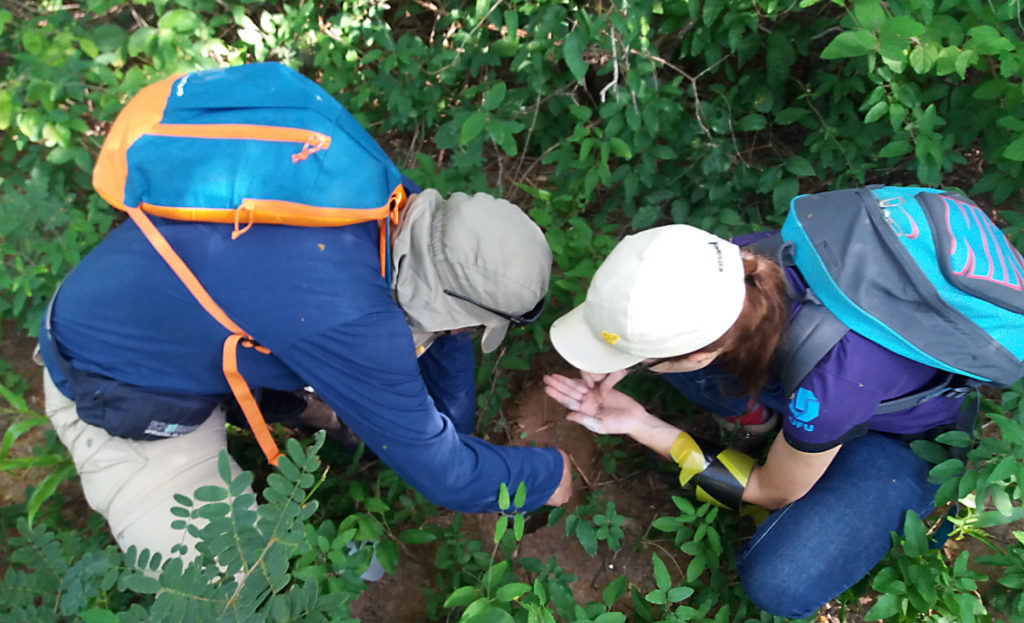




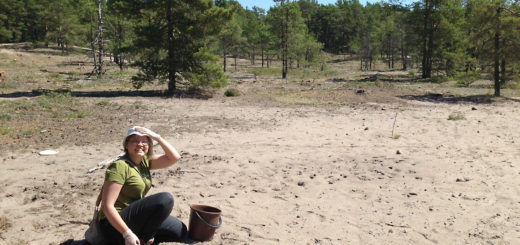
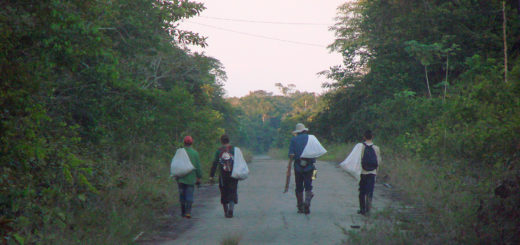
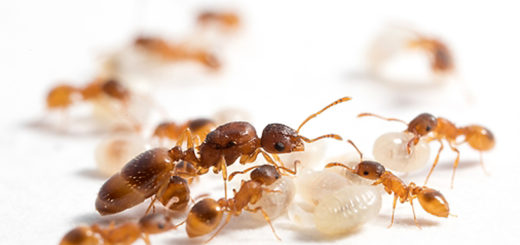
Isso é fazer ciência! É assim que se cuida do mundo.